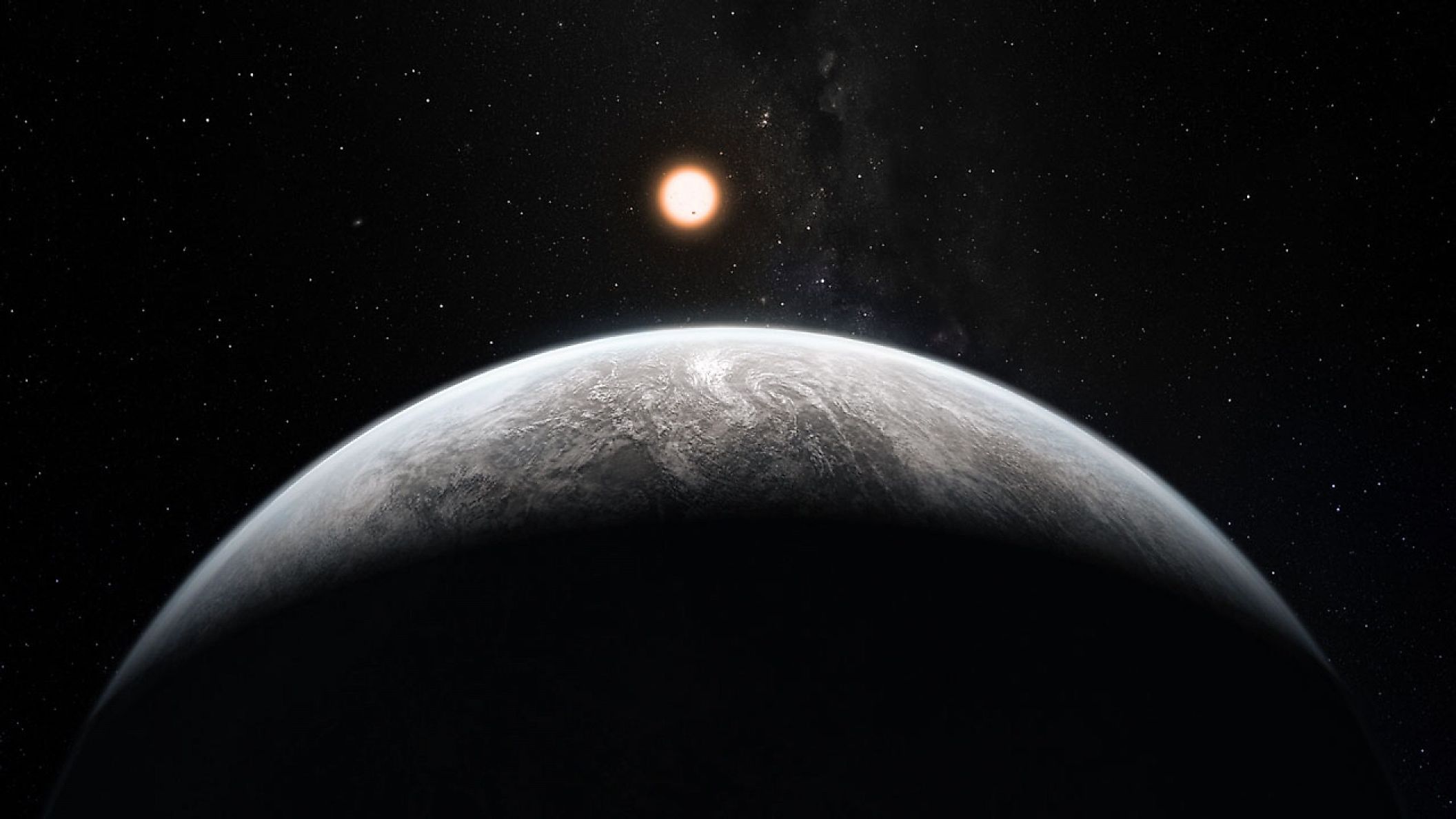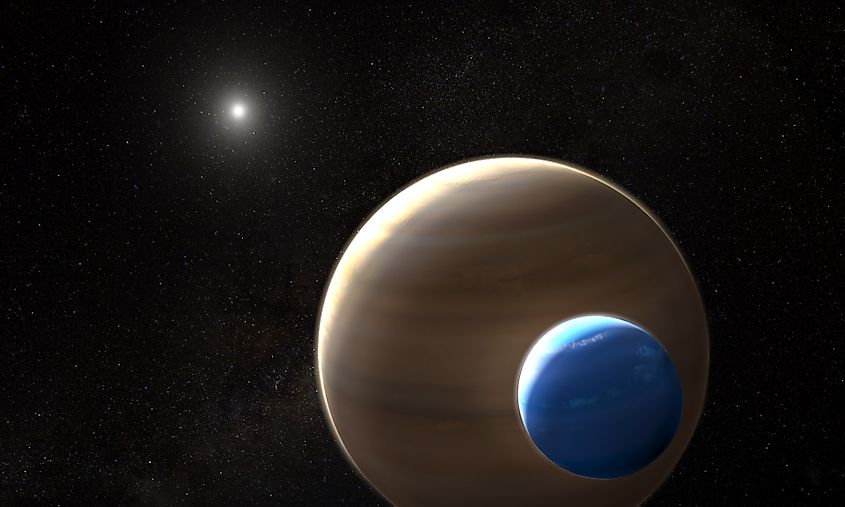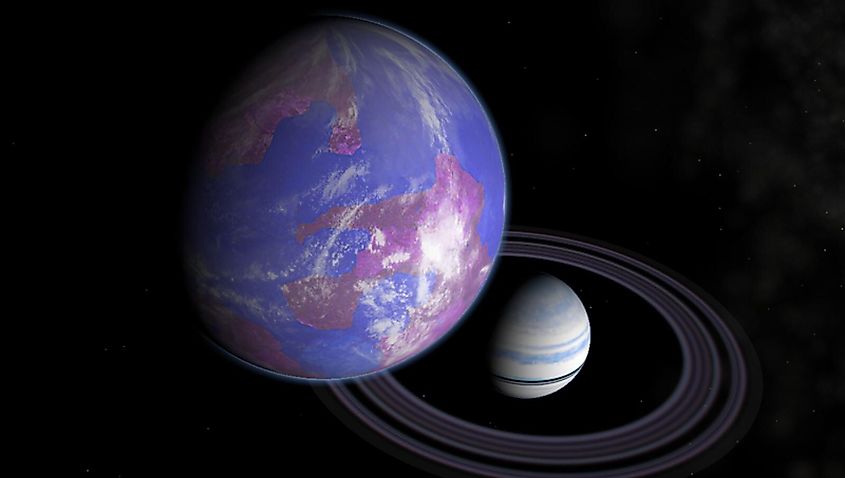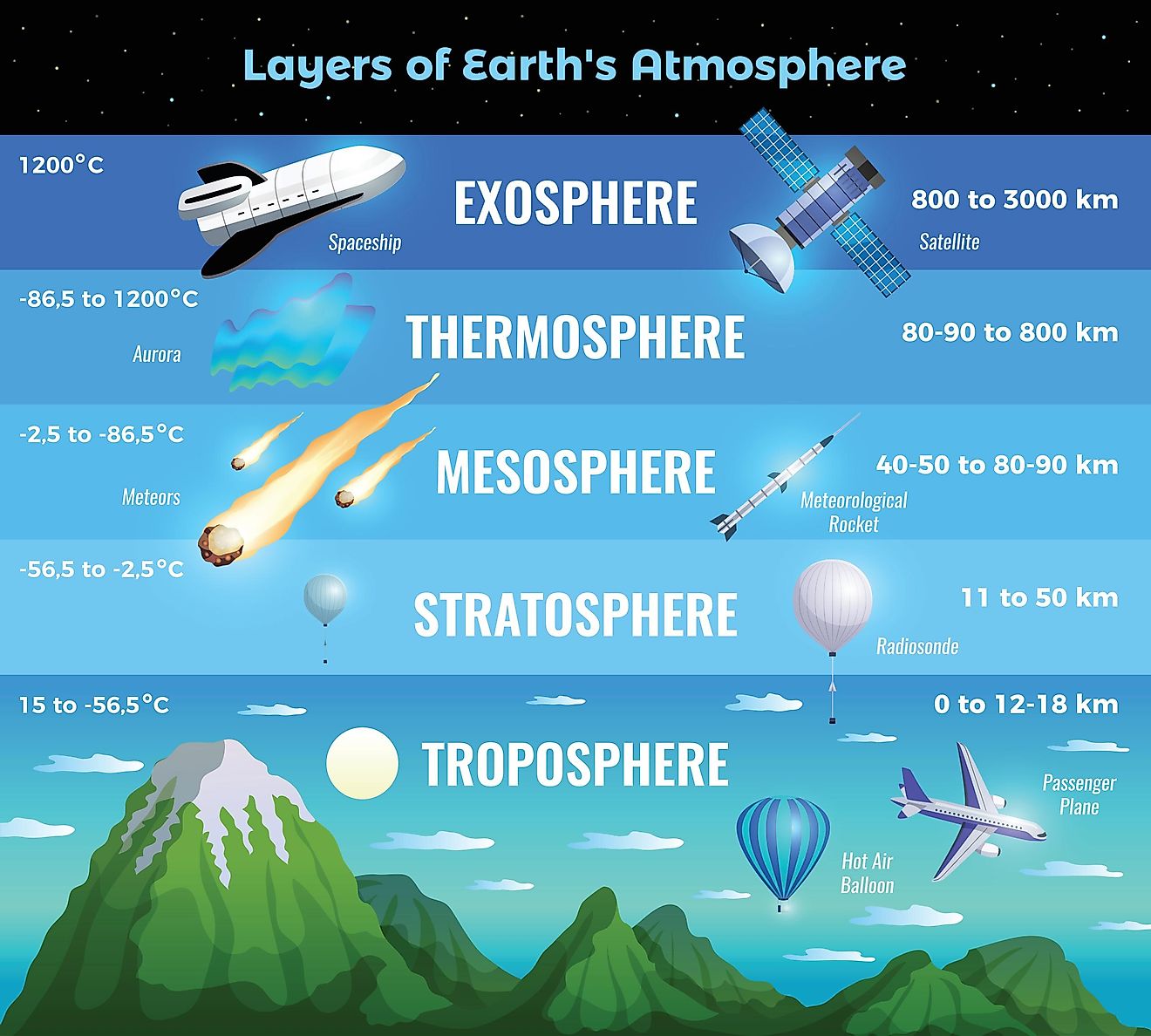
What Are Exomoons?
- Exomoons are moons that orbit exoplanets
- To date, no exomoons have been confirmed
- As telescopes become more advanced, exomoons will likely be confirmed
Moons are common in our solar system. There are over 200 moons in our solar system alone, and it seems likely that the formation of moons is a natural part of how planets form. In less than 30 years, scientists have confirmed the existence of over 4,000 planets around other stars. With so many planets found, have scientists found any moons around them? Planets around other stars are called exoplanets, and so their moons are called exomoons. How many exomoons have been found and how do scientists find them?
Finding Exomoons

Moons are significantly smaller and dimmer than the planets they orbit, and so it probably comes as no surprise that they are harder to detect than exoplanets. To date, scientists have not confirmed the existence of any exomoons, yet there are some promising candidates. This is due to the fact that techniques used in finding exoplanets either do not work for exomoons or technology simply has not become advanced enough for them to work. Currently, the two best methods for finding exoplanets are the radial velocity method and the transit method. The first method relies on observing the gravitational influence between a star and a planet, wherein both objects will exert a gravitational force on one another and by determining how much a star wobbles, scientists can determine whether or not a planet is in orbit. The transit method is much simpler and easier. A telescope simply observes a star and waits to see if a planet passes in front of it, measuring the amount of light a planet blocks. These two methods have proven to be immensely successful in finding exoplanets, yet neither has confirmed the existence of any exomoons. The radial velocity method simply does not work for finding exomoons since it is impossible to differentiate between the gravitational pull of a planet versus the gravitational pull of a planet with moons. If technology becomes advanced enough, it is potentially possible that the transit method, or at least other variations of the transit method, could successfully detect exomoons. For example, as a moon orbits a planet, it may also block a small amount of starlight depending on its location. By observing the same planet multiple times, scientists could determine whether or not an exomoon is present. Unfortunately, technology is not advanced enough for this method to be reliable in finding exomoons.
Future Techniques

There is a third method that will likely be used extensively in the future as telescopes become more advanced. Future telescopes will likely be able to take direct images of exoplanets and their moons. The only current telescope that will be able to use this method reliably is the James Webb Space Telescope (JWST). The JWST will be capable of taking direct images of exoplanets, and there is a chance that it will be capable of finding exomoons as well. To date, astronomers have only found 20 potential exomoons, none of which have been confirmed. Hopefully, as the JWST begins operation this year, scientists may at last confirm the existence of exomoons.











